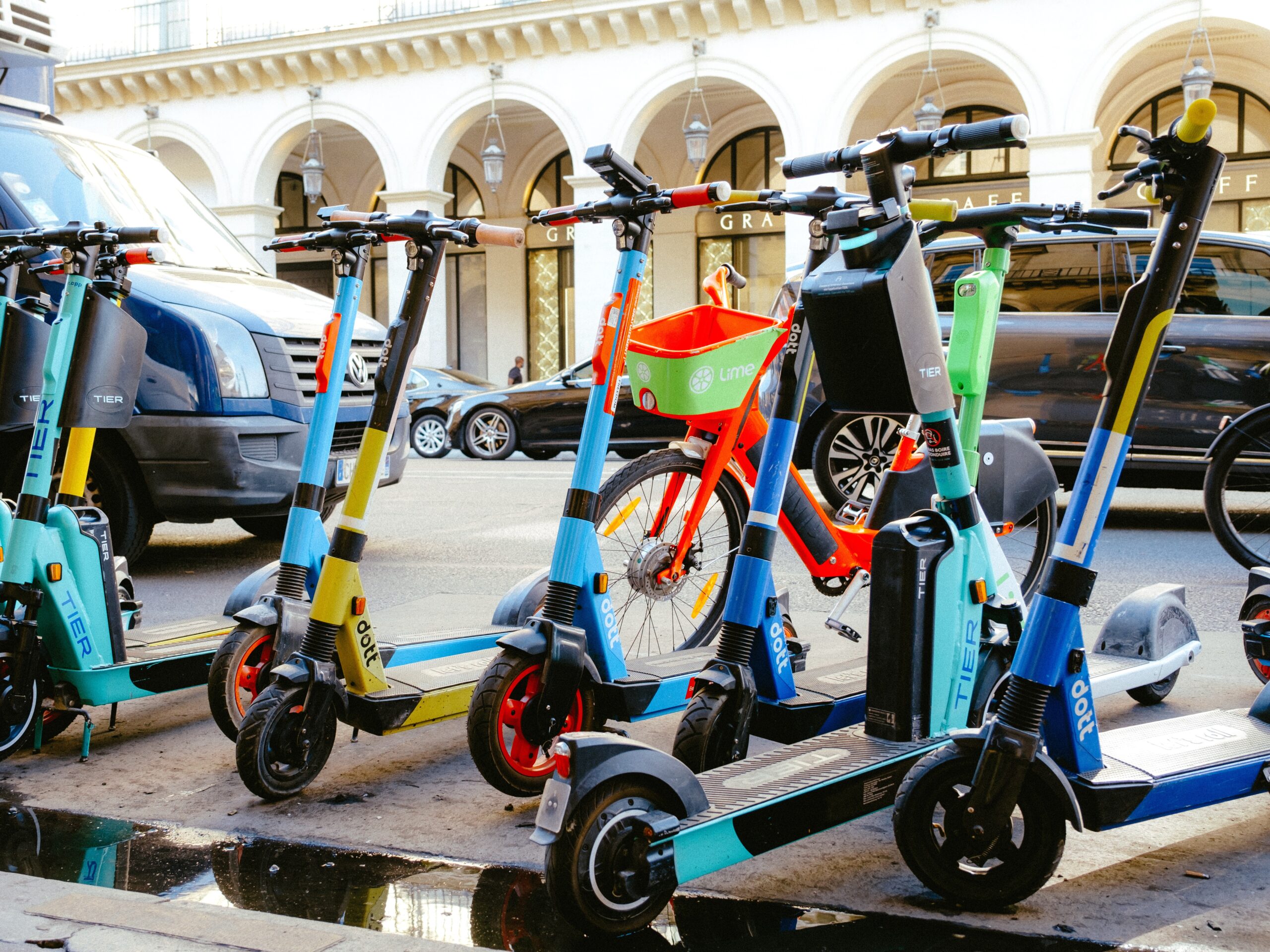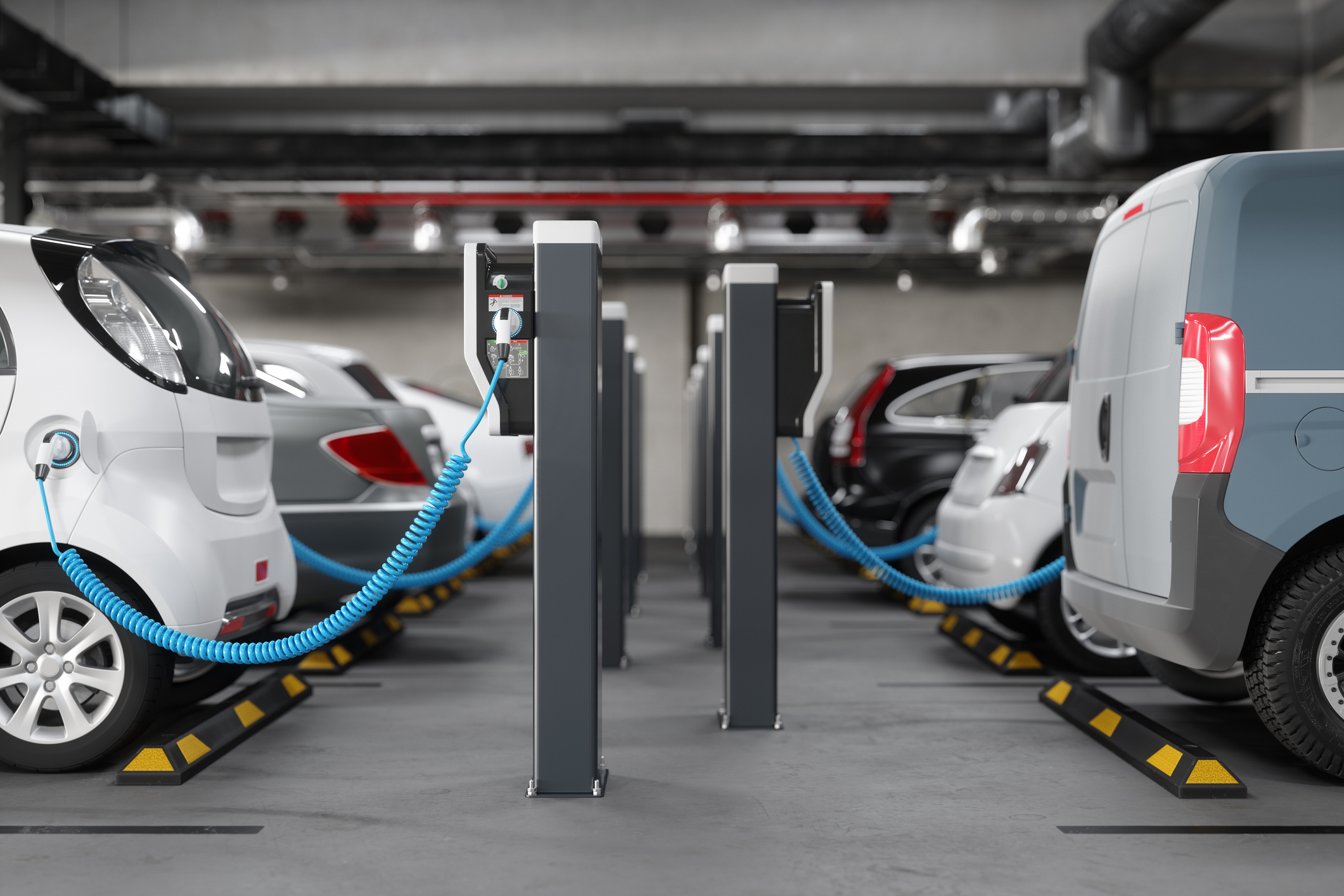Electric micro-mobility addresses a broad term for a growing category of low-speed modes of transport based on the use of electric-powered personal micro vehicles that includes everything from electric scooters, and e-bikes, to wheelchairs and lawn equipment. According to the Department of Transportation, electric micro-mobility devices are primarily characterized as partially or fully motorized, having a standard width of three feet or less, low speeds of less than 30 miles per hour, and a weight that is typically under 500 pounds. Electrified transportation vehicles and devices provide an alternative to traditional transportation such as cars, trains, and buses in cities and communities increasing the demand for electricity distribution, while reducing greenhouse gas emissions.
Energy Consumption and Adoption Rates
The demand for electric micro-mobility has increased across the globe, owing to factors like the rise in demand for fuel-efficient and low-emission vehicles promoting the growth of the e-mobility services market. Peak adoption of shared electric micro-mobility can reduce energy consumption from reported passenger travel by 1% at the national level and 2.6% at the city level, with electric micro-mobility-induced transit trips identified as the largest contributor to energy reduction. According to research by the National Renewable Energy Laboratory, the average electric scooter is about 78% efficient. This equates to about 20% efficiency of a typical car. In other words, an electric scooter uses four times less electricity than a car to travel the same distance.
How Utilities Can Benefit from Electric Micro-Mobility
With trends in the energy industry such as decarbonization, decentralization, the decrease in battery prices, and fossil fuel volatility, electric micro-mobility is seeing tremendous growth worldwide. Utilities can gain from opportunities such as increased electricity demand load, new investments, and business models, and having a positive impact on the environment and climate change.
Increased Load Demand
Although electric micro-mobility devices may not use a lot of electricity individually, electrification is coming to all these devices, meaning everything from e-bikes to lawn equipment will need electricity, creating greater demand. Energy providers can prepare for an increase in electricity demand and peak load by leveraging data and analytics through smart grid technologies to analyze consumer charging behaviors, introduce demand response programs, and provide customer retail electricity net-metering plans, and incentive-based rate plans for EV charging.
New Investments and Business Models
McKinsey estimates the market to reach $500 billion globally by 2030; energy suppliers must adapt their business models to remain competitive by diving into the electric micro-mobility industry while still under maturation. Investing in electric micro-mobility is always a win-win deal as energy companies benefit by supporting the development of electric mobility, and getting involved in another sustainable industry. This is also an opportunity to help improve their ESG (Environmental, Social, and Governance) rating as utilities gain more popularity with consumers now becoming energy producers, a new age of energy customers who require a new generation of energy services, and therefore attract more investors, partners, and stakeholders.
Advancing Sustainability
With many carbon policies set in place across the globe to make net-zero targets a reality and the transportation sector being one of the major contributors to carbon emissions, electrification of mobility offers an excellent opportunity for global carbon footprint reduction. In addition to the benefits of reducing carbon emissions and air pollution, electric micro-mobility also creates significant efficiency gains and contributes substantially toward achieving sustainable energy in smart cities. As cities get smarter, integrating electric micro-mobility with data and digital technology can help make better decisions and improve the quality of life.
Electric Micro-Mobility Expansion Challenges
While electric micro-mobility use is promising as a complement to existing modes of travel with potential health, environmental, and congestion relief benefits, it still faces many barriers. As with all innovations, there is still much to learn about data collection, safe battery implementation, and charging infrastructure planning to support these emerging forms of transportation and technology.
Data Collection
Innovative electric micro-mobility options are providing cities with opportunities to solve the last-mile transportation problem. The data from these services have a range of productive uses including the ability to know in nearly real-time how many mobility devices are in a certain area and streamlining communications between companies and city governments, making it easier for mobility services to adapt to events and emergencies in cities quickly.
Data collection and use limit the expansion of electric micro-mobility in two different ways. To evaluate and improve services, government agencies and system operators need the ability to monitor electric micro-mobility use through data. However, for such a large volume of data to be useful, agencies and providers need that data to be readily accessible, efficiently archived, and easily filtered and examined for important trends and characteristics.
Battery Safety
While international standards providing safety requirements for battery and electrical system design exist, not all of the products being introduced to the rapidly-expanding global electric micro-mobility market meet these design and test requirements. Additionally, the industry is facing challenges that include the use of batteries poorly adapted to electric micro-mobility devices that require annual replacement. As lapses in battery safety and quality can contribute to e-waste, fires, property damage, and bodily injury, it is essential to identify and address potential safety issues before incidents occur.
Charging Infrastructure
A major aspect of the electric micro-mobility ecosystem is access to charging while charging equipment for vehicles directly affects electric distribution networks and their ability to manage load demand. With the massive growth of electric transportation and the widespread deployment of new charging infrastructures on the horizon, utilities can employ smart charging to improve grid reliability and create additional revenue. Utilities can invest in a variety of charging infrastructures ranging from residential to public to fleet and municipal charging, all offering opportunities to enter into new business markets and increase revenues.
What is Electric Micro-Mobility Conclusion
The advancement of electric micro-mobility brings numerous opportunities for utilities to grow revenue and enter new markets, manage demand loads and maintain a reliable decentralized energy system. With decentralization, electric micro-mobility vehicles and devices can become a new avenue for renewable, distributed energy resources (DERs) and provide controllable electricity demand to the grid as well as act as storage and electricity supply. Preparing for electric micro-mobility allows utilities to use these devices as virtual power assets, implementing them as an important tool for demand response strategies and managed charging programs.






